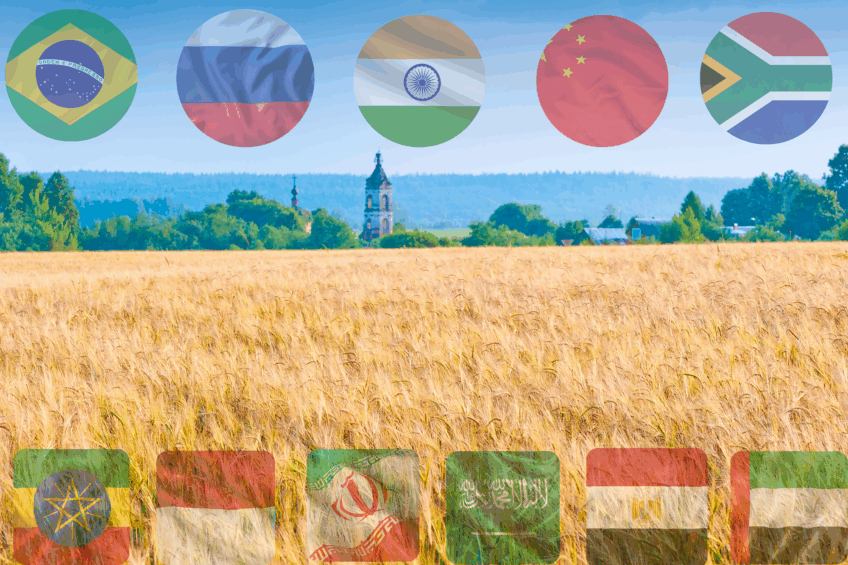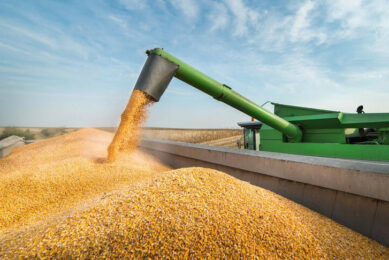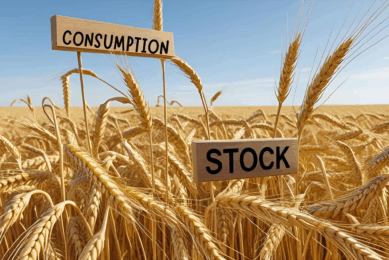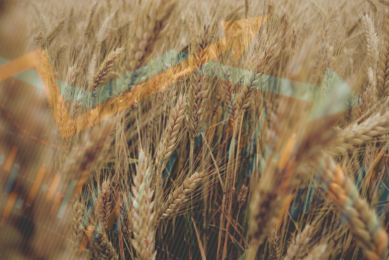BRICS grain exchange plan is almost ready

Russia is finalising the concept of establishing an inter-BRICS grain exchange and plans to present it to other BRICS members shortly, Maxim Markovich, Russian Deputy Agricultural Minister, outlined during the St. Petersburg Economic Forum on June 20.
The idea of establishing the grain exchange is supported by all members of the trade bloc, Markovich empathised.
Russia has recently stepped up efforts to establish a grain exchange within BRICS, the bloc of 10 emerging economies.
Reducing western market reliance
During a press conference earlier in June, Russian Agricultural Minister Dmitry Patrushev stated that the establishment of the grain exchange would lower the bloc’s dependence on “Western trade platforms” and would facilitate the creation of the infrastructure “necessary to improve the grain market efficiency,” Markovich noted.
Russian government officials have repeatedly complained that prices on the global grain market are determined at the Chicago and London Commodity Exchanges.
The idea of such an exchange, to put it simply, is to create a cartel. This will resemble OPEC, thanks to which oil prices remain higher than they could be without coordination between exporting countries.”
— Alexander Dynkin, Russian Academy of Science
Pushing for fairer pricing
According to Patrushev, the new exchange is expected to help establish ‘fair prices’ on the global market, potentially strengthening global food security and offer a more equitable trading environment.
However, observers suggest that the idea of an inter-BRICS grain exchange, on the contrary, aims to raise global prices.
“The idea of such an exchange, to put it simply, is to create a cartel. This will resemble OPEC, thanks to which oil prices remain higher than they could be without coordination between exporting countries,” Alexander Dynkin, a member of the Russian Academy of Science, said in a statement posted by Russian Gazette, the Russian government’s official publication.
Massive market share at stake
As estimated by the Russian Union of Grain Exporters, the BRICS exchange will consolidate 30% to 40% of global trade of key grain crops. For example, BRICS countries manufacture around 348 million tonnes of wheat per year, which is equal to 44% of the global production.
Benefits unclear
Although Russian officials claimed that the BRICS exchange project is supported by other bloc members, some reports point to skepticism within the organisation regarding the venture’s feasibility.
It is not entirely clear why other BRICS countries, most of which are net importers of grain, would go along with the idea of establishing the grain exchange to keep grain prices high.
Food access and sovereignty
Kristina Bakonina, Vice President of ACI Russia, a trade association, told local state news outlet Izvestia that the grain exchange could provide importing countries, including China, India, Egypt, South Africa, and Brazil, with more predictable and reliable access to food. She added that this could strengthen the economic sovereignty of the union and its ability to withstand external pressure.











